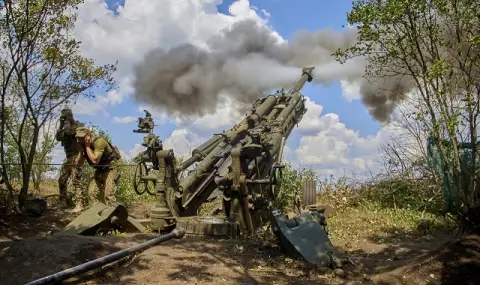NATO prepares to issue first guidance for the defense industry during the meeting in Washington on Wednesday. The alliance is urging member countries to increase weapons production and return to stricter ammunition standardization to ensure interoperability of projectiles on the battlefield, reports "Reuters".
"Ukraine has shown that our standardization is good on paper but not so good in the field," said a NATO official, speaking on condition of anonymity and referring to munitions such as 155mm artillery shells that do not reach in globally amid rising demand driven by Russia's full-scale invasion of Ukraine in 2022.
While NATO enforces ammunition standards for small arms such as assault rifles, allowing allies to use each other's ammunition, it is not so easy for artillery shells.
Although there is a NATO standard for artillery ammunition, its implementation is voluntary and non-compliance fragments the market and impedes the flow of supplies.
Fourteen NATO countries reserve the right to deviate from the standard, meaning there are different types of 155mm ammunition.
Different ammunition can still be used in all howitzers, with operators having to enter the specifications of the shells when loading them into the weapon or risk missing their targets by up to 50 or 60 meters (160 to 196 feet), according to artillery experts.
Specifications are recorded in tables that operators use, but officials say companies sometimes do not provide all the necessary data - something NATO aims to change.
Still, NATO could face resistance from munitions makers, as such a move could increase competition and lower prices.
In view of increasing weapons production, especially for "battle-critical munitions" such as artillery shells and air defense missiles, the leaders will agree to report to NATO annually on how they intend to meet the alliance's defense goals and how they seek to increase weapons production, the official said.
Western countries are struggling to replenish their own military stockpiles, often neglected since the end of the Cold War, while supplying Ukraine with the weapons it needs.
The NATO allies have increased ammunition production since 2022, from about 100,000 artillery shells before the war to about two million shells this year and about three million shells expected in 2025, according to the official.
p>
